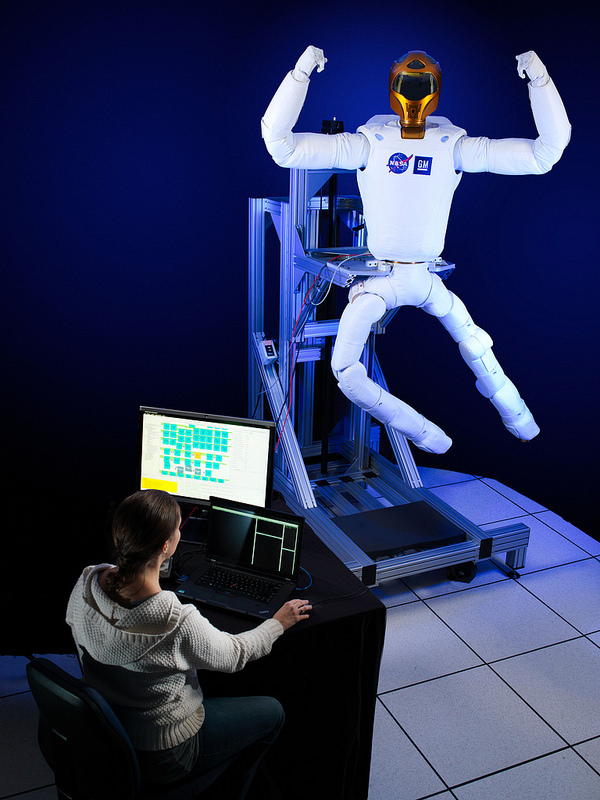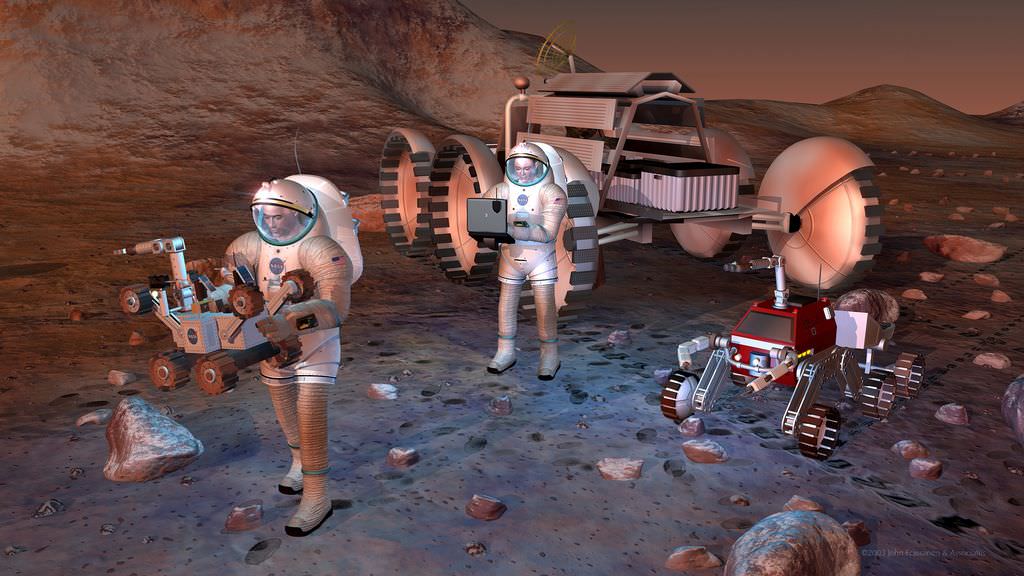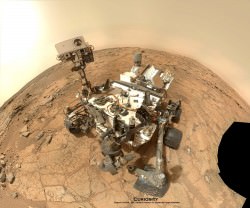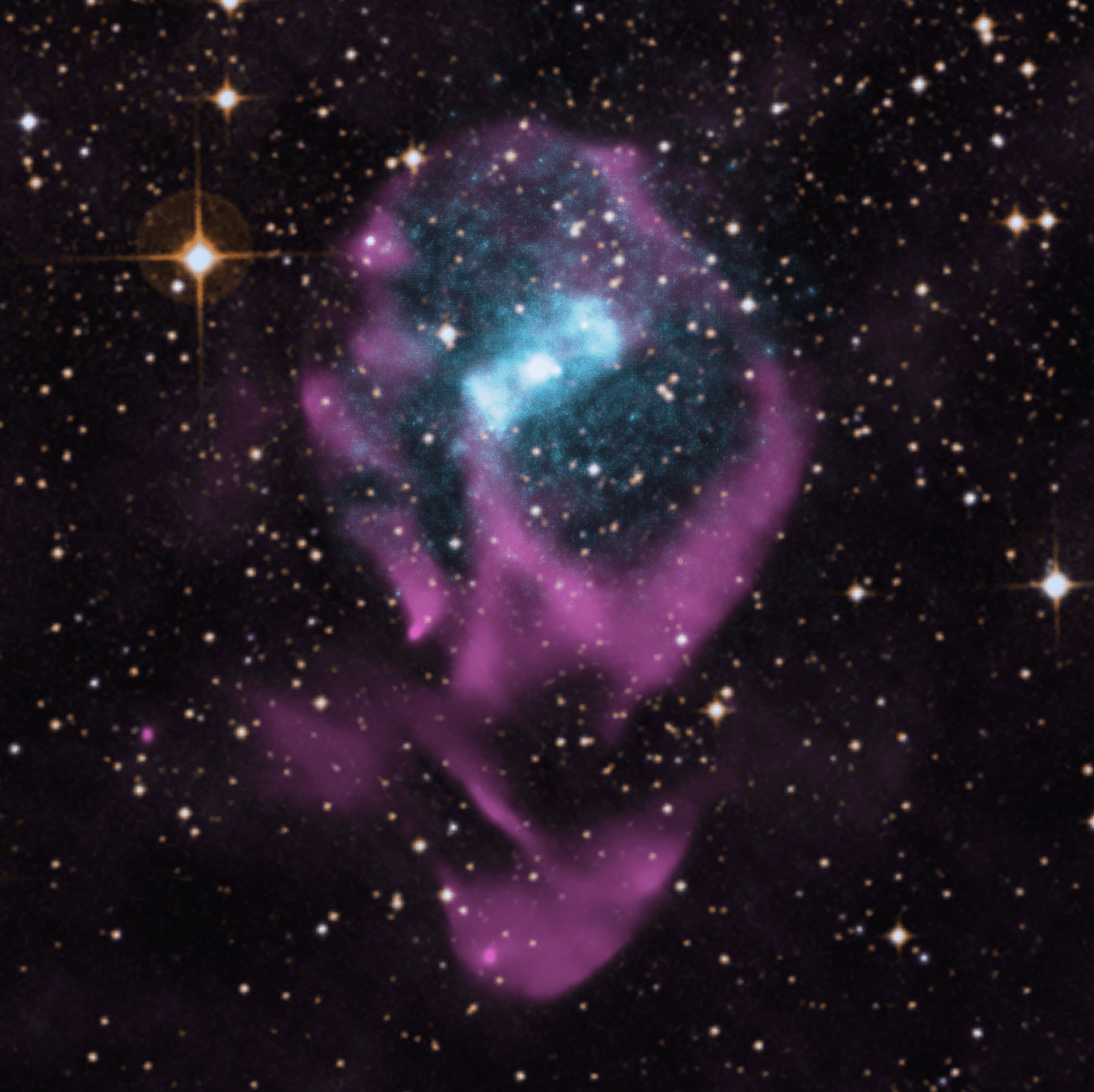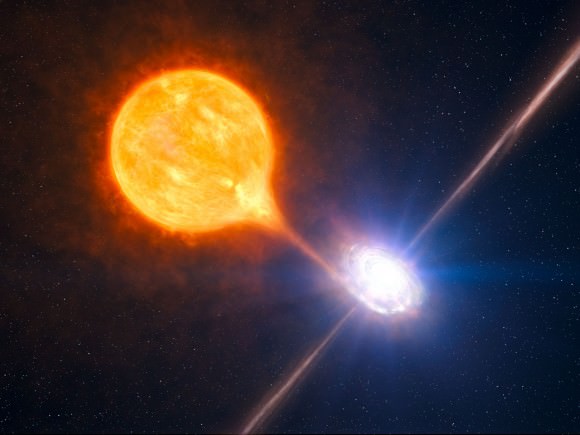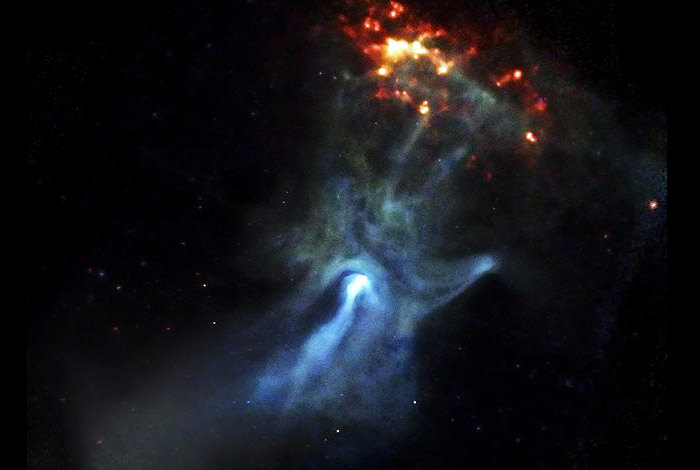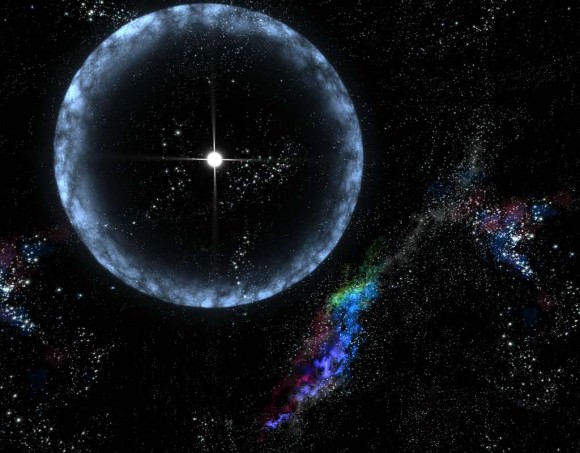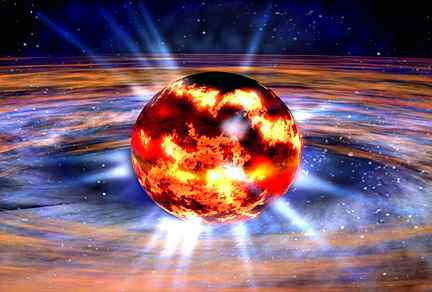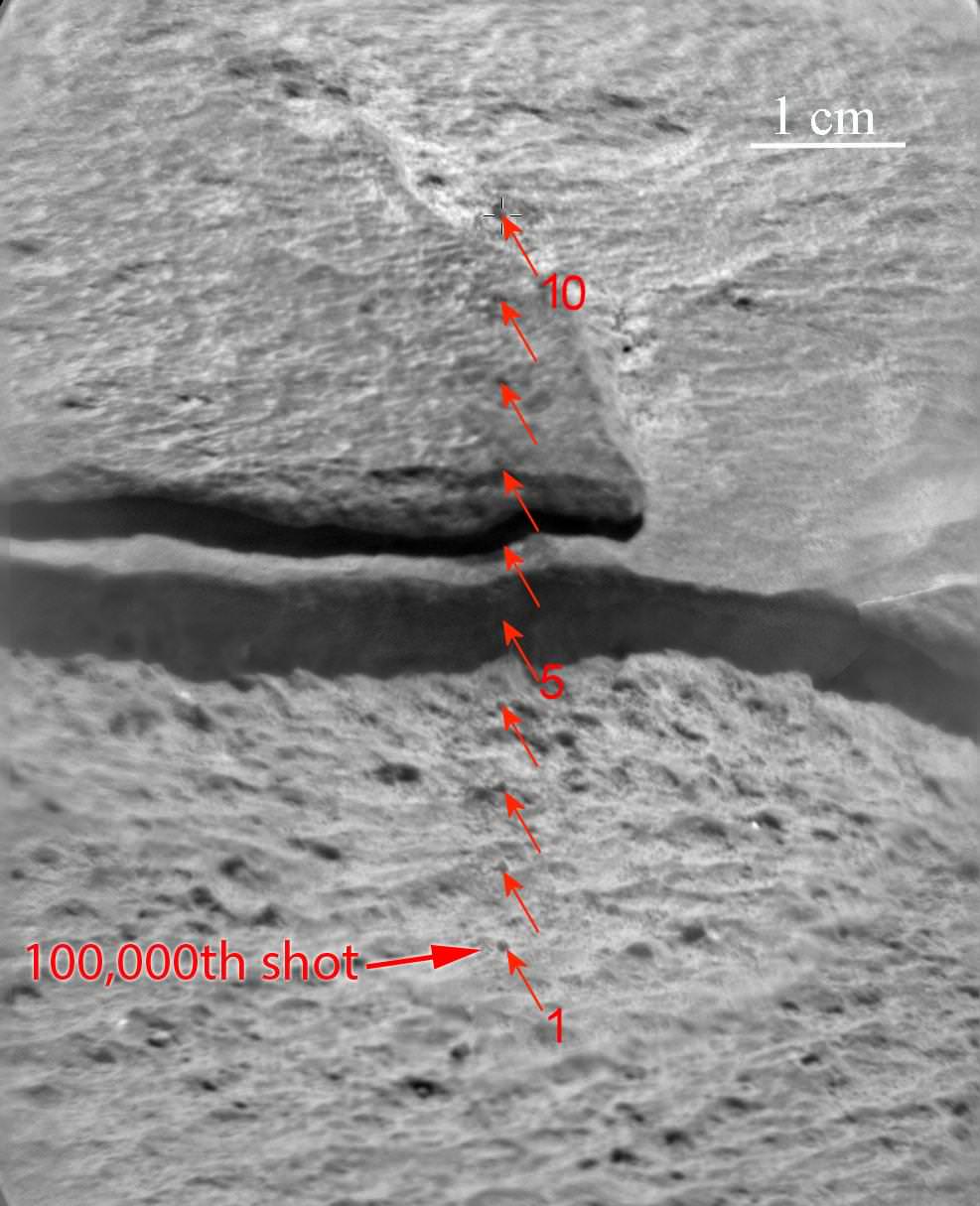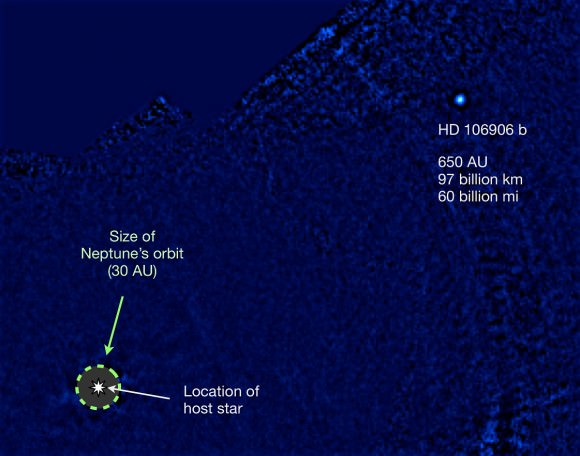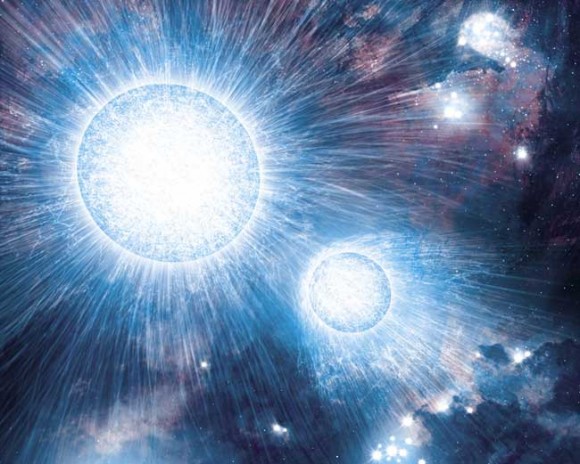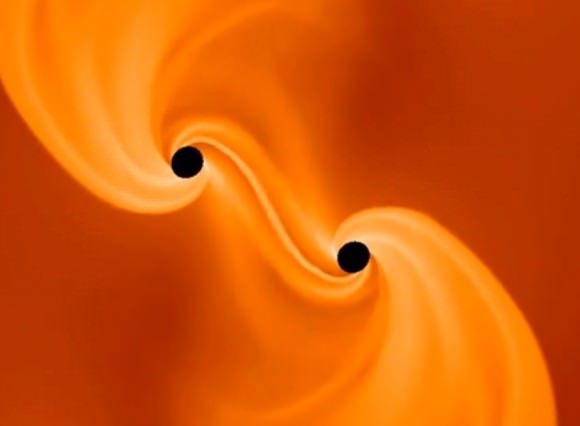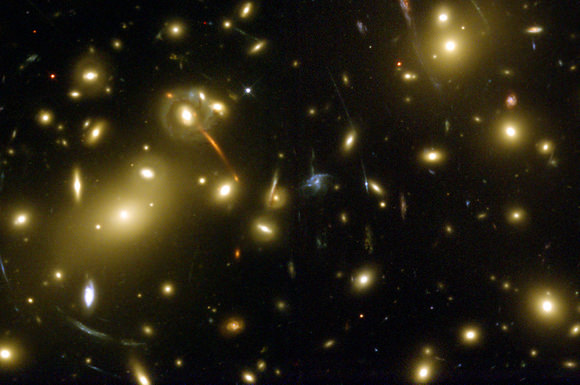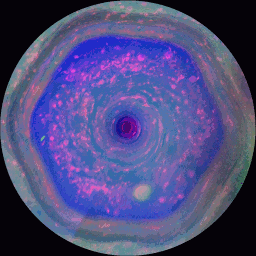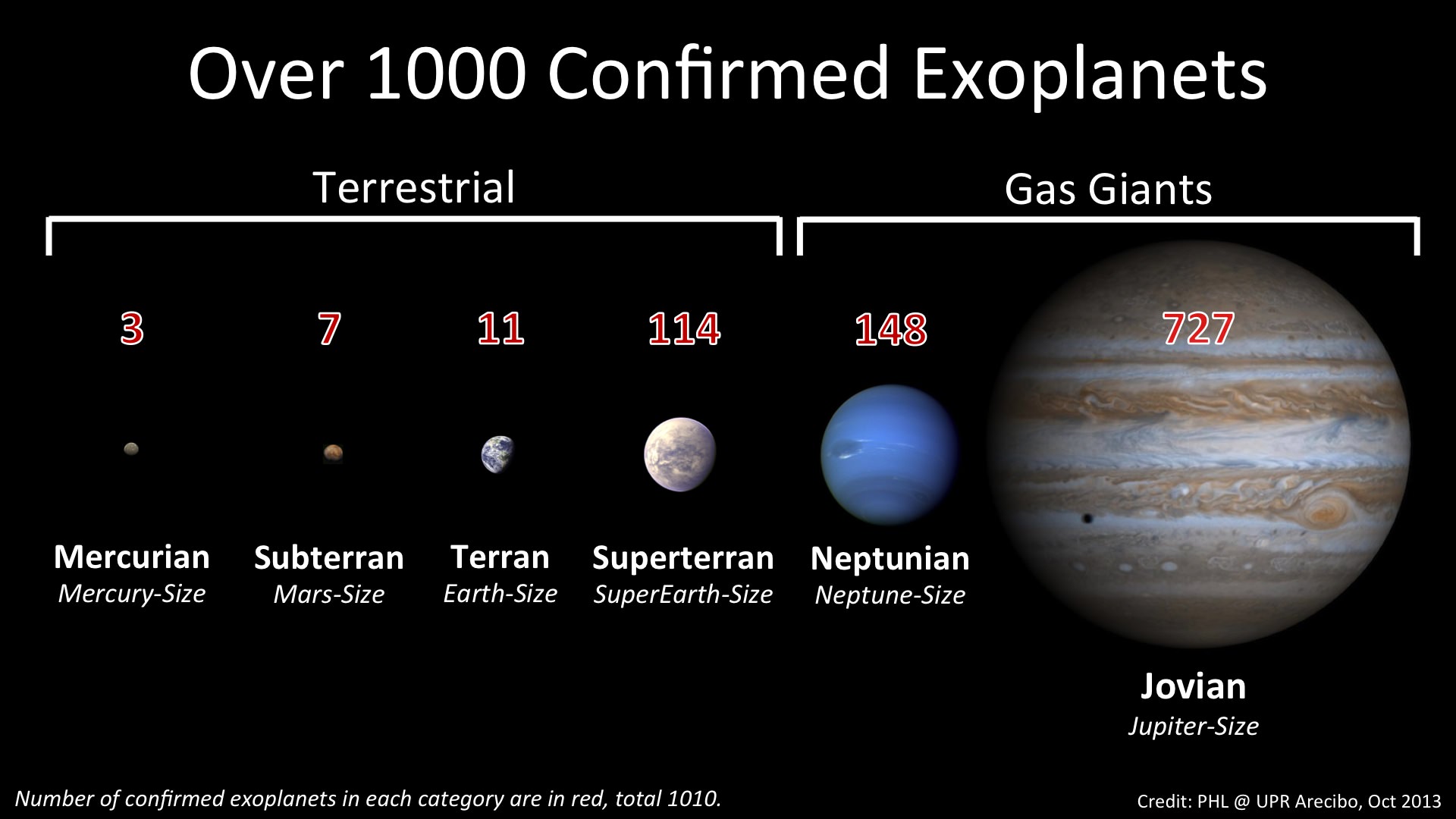Galaxy modelling is complicated, and even more so when different computer models don’t agree on how the factors come together. This makes it hard to understand the nature of our universe. One new project called AGORA (Assembling Galaxies of Resolved Anatomy) aims to resolve the discrepancies and make the results more consistent. Basically, the project aims to compare different codes against each other and also against observations.
“The physics of galaxy formation is extremely complicated, and the range of lengths, masses, and timescales that need to be simulated is immense,” stated Piero Madau, professor of astronomy and astrophysics at the University of California, Santa Cruz and co-chair of the AGORA steering committee.
“You incorporate gravity, solve the equations of hydrodynamics, and include prescriptions for gas cooling, star formation, and energy injection from supernovae into the code. After months of number crunching on a powerful supercomputer, you look at the results and wonder if that is what nature is really doing or if some of the outcomes are actually artifacts of the particular numerical implementation you used.”
This is especially important when it comes to modelling the effect of dark matter on the universe. Since the entity is hard for us to see and therefore to identify, physicists rely on models to make predictions about its effect on galaxies and other forms of more ordinary matter.
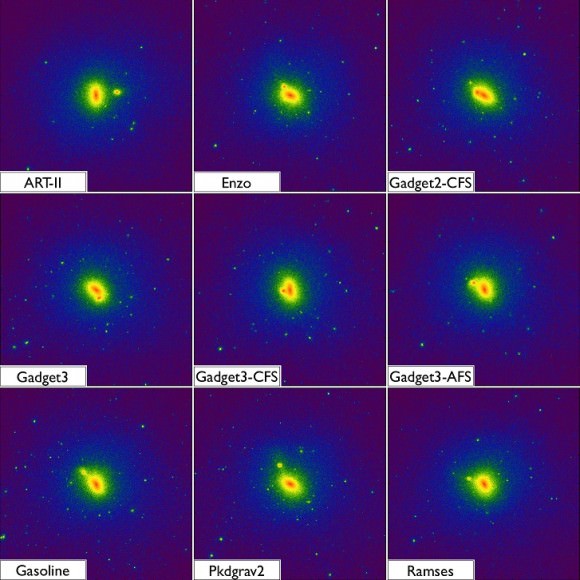
Credit: Simulations performed by Samuel Leitner (ART-II), Ji-hoon Kim (ENZO), Oliver Hahn (GADGET-2- CFS), Keita Todoroki (GADGET-3), Alexander Hobbs (GADGET-3-CFS and GADGET-3-AFS), Sijing Shen (GASOLINE), Michael Kuhlen (PKDGRAV-2), and Romain Teyssier (RAMSES)
“One big challenge, however, has been numerically modeling astrophysical processes over the vast range of size scales in the Universe. Supercomputer simulations are designed with three different size scales relevant to three different phenomena: star formation, galaxy formation, and the large scale structure of the universe,” stated the University of California High-Performance Astrocomputing Center.
This means that models of stars coming to be inside of galaxies have one scale of resolution — enough to look at what the gas and dust is made of, for example — but when looking at the entire universe, the computer is more limited to looking at “simple gravitational interactions of dark matter”, the university added. Of course, the more resolution you can get in a computer model, the better — especially because star formation is affected by processes such as how galaxies interact with surrounding gas.
AGORA’s will first aim to “model a realistic isolated disk galaxy” UCSC states, and then compare the codes used to see what they come up with. You can read more about the project’s aims at this Arxiv pre-print paper (led by the University of California, Santa Cruz’s Ji-hoon Kim) or on the AGORA website.
Sources: University of California Santa Cruz and University of California High-Performance Astrocomputing Center.


